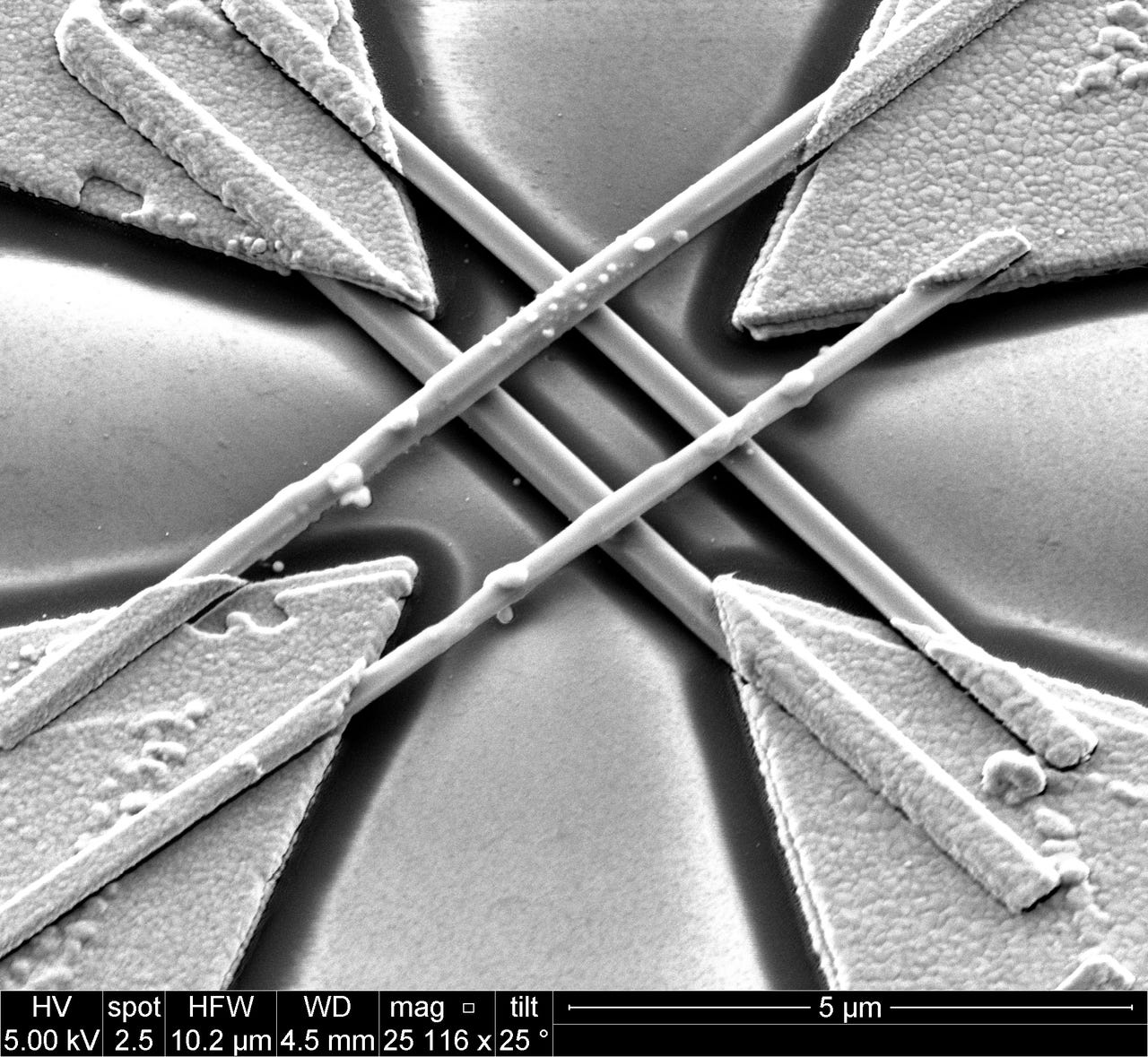Australian universities tout cancer detection devices and future telco innovation


Scientists from the Australian National University (ANU), alongside the University of Strathclyde and Oxford University in the UK, have announced the development of new miniature devices that could be used to detect cancer.
ANU said the devices have the potential to be developed into safe, high-resolution imaging technology that helps doctors to identify potentially deadly cancers and treat them early.
The devices use terahertz radiation, which Professor Lan Fu from the ANU Research School of Physics said can penetrate through materials such as plastics, wood, and skin.
She said terahertz radiation, which falls between infrared and microwaves in the electromagnetic spectrum, does not damage living tissues like X-rays.
"These tiny devices are made from nanowires that are one hundred times thinner than a human hair, yet they could hold the key to some very powerful imaging and sensing technologies," Fu said.
"They could help create a new safe imaging technology with much higher resolution than current ultrasound devices used to detect small tumours that doctors can adopt for regular check-ups. Furthermore, the technology could detect suspicious tumours that generate a specific terahertz 'fingerprint'."
ANU said terahertz technologies are currently being used in security scan systems at airports as well as industrial and clinical applications.
"In today's technologies, usually only the intensity of the terahertz radiation is detected. However, we've been able to detect other changes in its properties such as polarisation as the terahertz pulse passes through and interacts with a material or object. By detecting the polarisation of the pulse, we can uncover more information about the material," Fu explained.
"Polarisation is essentially the directions in which the electromagnetic wave vibrates as it travels."
The team is further developing the packaging and control electronics of the device so that it is compatible with commercial rather than just lab-based terahertz spectrometers and imaging systems.
Meanwhile, a group of scientists from the University of Sydney Nano Institute and Germany's Max Planck Institute for the Science of Light have announced removing "hot" electrons from data chips, using light and sound, rather than electricity, marking an "important step" for global telecommunications.
The researchers said the discovery will be important for the development of future tech, such as high-speed internet as well as radar and sensor technology, as it will require the low-heat, fast transmission of information.
"As demand for high bandwidth information systems increase, we want to get ahead of the curve to ensure we can invent devices that don't overheat, have low energy costs and reduce the emission of greenhouse gases," Dr Moritz Merklein from the Eggleton Research Group in the School of Physics and Sydney Nano said.
The university said the idea the researchers have is to use sound waves, called phonons, to store and transfer information that chips receive from fibre-optic cables.
This, the researchers said, allows the chips to operate without needing heat-producing electrons.
"What we have done is use carefully timed synchronised pulses of light to reinforce the sound waves on-chip," Dr Birgit Stiller, who has moved from the University of Sydney to lead an independent research group at the Max Planck Institute for the Science of Light in Germany, said, noting also that information transferred from fibre-optic cables onto chips in the form of sound waves decays in nanoseconds, which is not long enough to do anything useful.
"We have shown for the first time that refreshing these phonons is possible and that information can therefore be stored and processed for a much longer time."
Merklein said the researchers hope to use this method to extend how long the information remains on-chip.
"Acoustic waves on chips are a promising way to store and transfer information," Stiller added. "So far, such storage was fundamentally limited by the lifetime of the sound waves. Refreshing the acoustic waves allows us to overcome this constraint."
The university said the demonstration opens many possibilities for optical signal processing, fine filtering, high-precision sensing, and telecommunications.
RELATED COVERAGE
- University of Sydney researchers to use AI to help prevent heart attacks
- Sydney Uni researchers turn durian and jackfruit waste into charging packs
- Australian universities tout development of quantum error correction codes
- Monash claims 'most efficient' lithium-sulphur battery
- Sydney Uni touts simultaneous control of light and sound on small scales